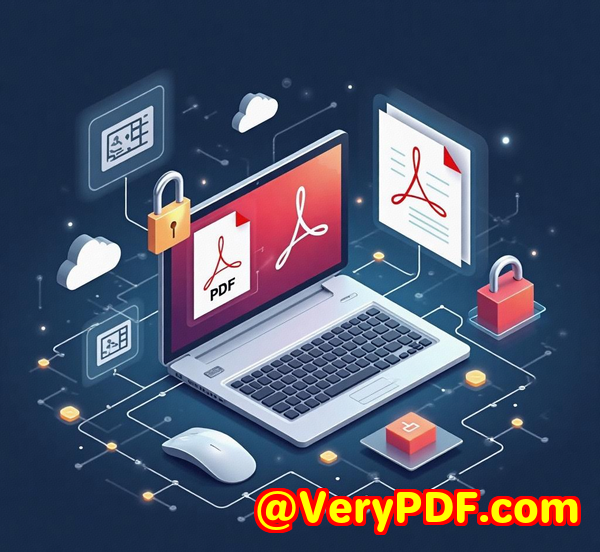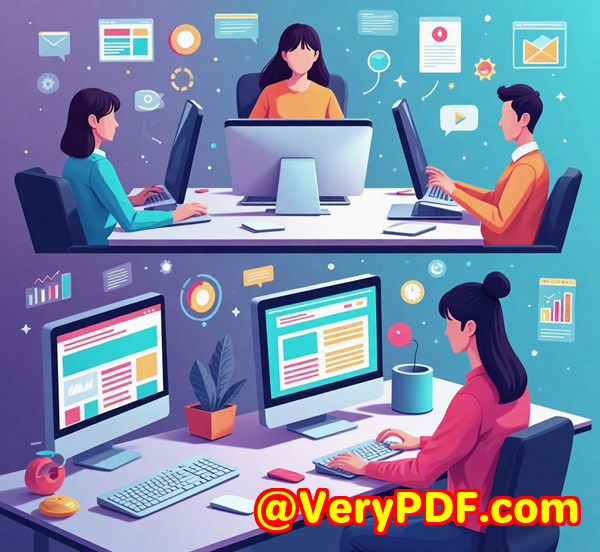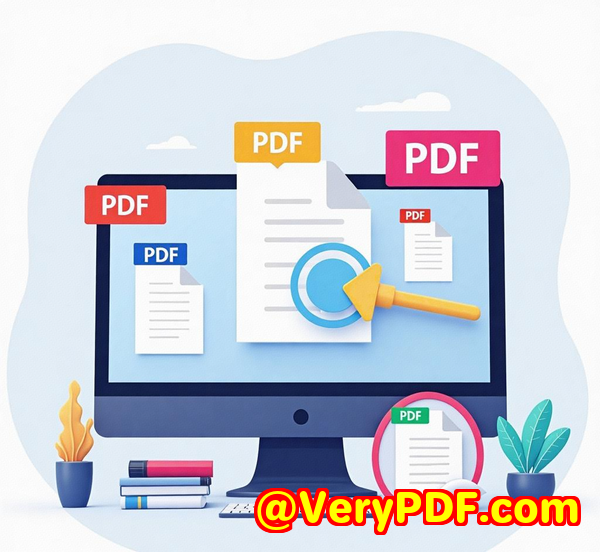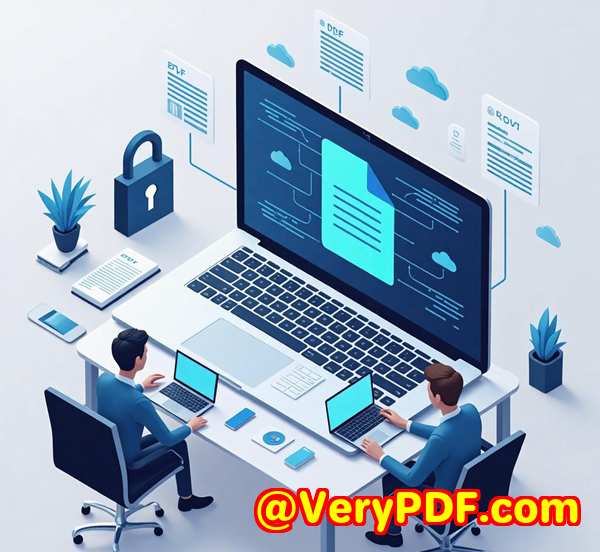How to Export AutoCAD Drawings to XPS for Enterprise Document Archiving
How to Export AutoCAD Drawings to XPS for Enterprise Document Archiving
Every time I had to handle hundreds of AutoCAD drawings for archiving, the process was a nightmare. Sorting through dozens of DWG files, trying to find a reliable way to convert them into formats that could be easily stored and shared across different departments felt like spinning wheels in the mud. Enterprise document archiving demands precision and accessibility, but the tools I tried before often crashed or generated poor-quality files that didn't preserve the original design integrity.

If you've been in the same boat, you know the frustration. You want a fast, reliable, and flexible way to export your AutoCAD drawings into a format that's widely accepted, preserves vector quality, and can be integrated into enterprise document systems without hassle. That's where I discovered VeryDOC DWG to Vector Converter (DWG2Vector). It became my go-to solution, especially when exporting to XPS for enterprise archiving.
What is VeryDOC DWG to Vector Converter and Who Needs It?
This tool is a command line and SDK-based converter designed for Windows and Linux developers, but honestly, its power is accessible to anyone who handles AutoCAD DWG and DXF files regularly.
If you work in architecture, engineering, construction, or any field where CAD drawings are the norm, this software is a game changer. It's perfect for:
-
Document control teams needing to archive drawings in scalable formats.
-
IT departments integrating CAD files into document management systems.
-
Developers automating batch conversions in workflows.
-
Enterprises requiring high-quality vector outputs for printing or digital distribution.
It supports converting DWG and DXF files into a slew of vector graphics formats including PDF, EMF, SVG, PostScript, and most importantly, XPS, Microsoft's XML Paper Specification format. XPS files are perfect for archiving because they retain the vector nature of drawings, ensuring quality doesn't degrade over time.
Diving Into the Features That Matter
I want to highlight the core features that made this tool indispensable to me:
-
Batch Conversion with Command Line Power
I'm not exaggerating when I say this saved me hours. You can queue hundreds of DWG files and convert them in one go using command line options. That means no manual exporting or clicking around just set your parameters, hit run, and let the software do its magic.
-
Support for Multiple Output Formats
This is more than just DWG to XPS. You get the freedom to convert to PDF, WMF, EMF, SVG, PS, EPS, SWF, HPGL, and PCL. This flexibility lets you pick the best format for your enterprise's needs. For archiving, XPS is fantastic because it's designed for fixed-layout, device-independent document representation.
-
Customizable Output Settings
The converter allows detailed tweaks like setting DPI resolution, paper size, line widths, and colour mode (colour or black and white). I often set line widths to make sure the drawings look crisp and professional when printed or viewed digitally. For example, in one project, adjusting the DPI and linewidth helped maintain the readability of intricate electrical schematics that would have otherwise looked blurry.
-
Multiple Layouts and Views Handling
DWG files often come with multiple layouts or views inside a single file. VeryDOC's tool can create separate output files for each view, which means you can archive or distribute detailed design stages individually without extra manual splitting.
-
Standalone Operation
One huge plus you don't need AutoCAD installed on your system. This lowers costs and simplifies deployment across servers or workstations.
My Personal Experience Using DWG2Vector
When I first started testing VeryDOC DWG2Vector, I was skeptical. I've dealt with converters before that promised the moon but faltered on large or complex files. But from the get-go, the conversion quality stood out.
One memorable project involved converting hundreds of DWG files for a construction company's document archive. Using the batch command line feature, I set up the process overnight. By morning, all files were converted to XPS, perfectly preserving lines, layers, and annotations.
I recall a moment when a client asked if we could maintain the exact paper size and scale during conversion. Using the -copypapersize option, I replicated the paper size from the DWG directly to the XPS output. This saved a ton of back-and-forth with the design team and ensured all archived drawings matched the original dimensions flawlessly.
Compared to some other tools I've tried, VeryDOC's converter felt much more stable and precise. Other software sometimes produced rasterized outputs or lost vector data, making re-use and zooming frustrating. DWG2Vector kept everything vector-based, which meant the drawings stayed crisp at any zoom level.
Why Exporting to XPS Matters for Enterprise Archiving
XPS might not be as flashy as PDF, but for enterprises, it's a powerhouse format:
-
Preserves Vector Quality: No pixelation when zooming or printing.
-
Platform Neutrality: Supported natively on Windows, easily integrated into existing document management systems.
-
Compact File Size: Efficient compression without losing detail.
-
Ideal for Long-Term Archiving: XML-based, which future-proofs the file format.
By exporting AutoCAD drawings to XPS using VeryDOC DWG2Vector, enterprises gain a consistent, scalable archive that's easy to search, view, and print a huge win for compliance and retrieval.
Wrapping It Up: Why You Should Try VeryDOC DWG to Vector Converter
If you deal with AutoCAD drawings on a regular basis and need a reliable way to export them into XPS or other vector formats for enterprise archiving, this tool is worth a look.
It handles batch conversions, offers great customization, doesn't require AutoCAD, and supports a wide range of DWG versions and output formats. For me, it's saved countless hours and headaches, letting me focus on higher-level tasks instead of fiddling with conversions.
If you want to streamline your DWG to XPS export process and boost your document management workflow, I'd highly recommend trying VeryDOC DWG2Vector.
Start your free trial now and see the difference for yourself: https://www.verydoc.com/dwg-to-vector.html
VeryDOC Custom Development Services
Beyond this tool, VeryDOC offers custom development to fit unique needs across platforms including Windows, Linux, macOS, iOS, and Android.
Whether you need tailored PDF processing utilities, virtual printer drivers, or sophisticated document format conversions (PDF, PCL, PRN, Postscript, EPS, Office formats), their expert team can develop custom solutions using Python, PHP, C/C++, JavaScript, .NET, and more.
They also specialise in advanced technologies such as:
-
Barcode recognition and generation
-
OCR and OCR table recognition for TIFF and PDF
-
Report and document form generators
-
Image and document management tools
-
Cloud-based conversion, viewing, digital signatures
-
DRM protection and PDF security
For bespoke projects or enterprise integrations, don't hesitate to contact VeryDOC via their support center: https://support.verypdf.com/
Frequently Asked Questions (FAQs)
Q1: Can VeryDOC DWG to Vector Converter handle large batches of DWG files?
Yes, it supports batch processing through command line, making it efficient for large volume conversions.
Q2: Is AutoCAD required to run the converter?
No, VeryDOC DWG2Vector is standalone and does not require AutoCAD installation.
Q3: Which DWG versions are supported?
It supports a wide range including DWG and DXF files from R12, R13, R14, 2000, 2004, and newer.
Q4: Can I customise the output paper size and resolution?
Absolutely. The tool allows detailed settings for DPI, paper size, line widths, and colour modes.
Q5: How does exporting to XPS help with enterprise archiving?
XPS files preserve vector data, maintain consistent layouts, are compact, and integrate well into document management systems for easy storage and retrieval.
Tags / Keywords
DWG to XPS conversion
AutoCAD drawing export
Enterprise document archiving
Batch DWG converter
Vector graphics conversion
DWG2Vector command line
CAD to XPS archiving
If you want smooth, high-quality exports of AutoCAD drawings for your enterprise archives, VeryDOC DWG to Vector Converter is a smart, reliable tool worth testing.



